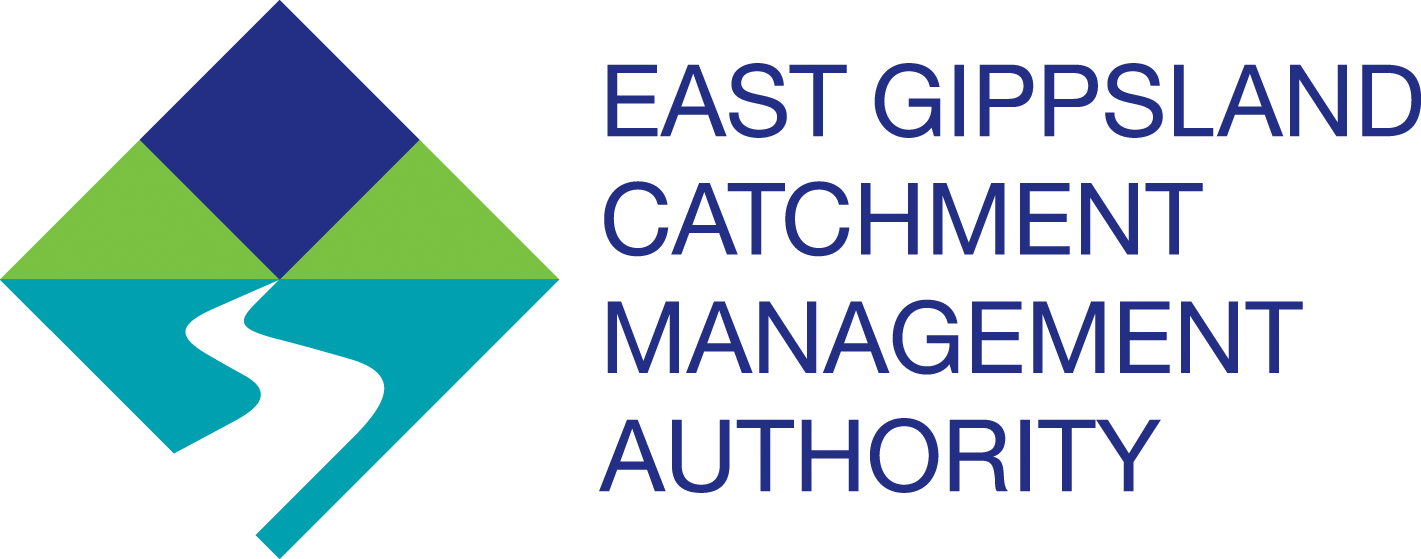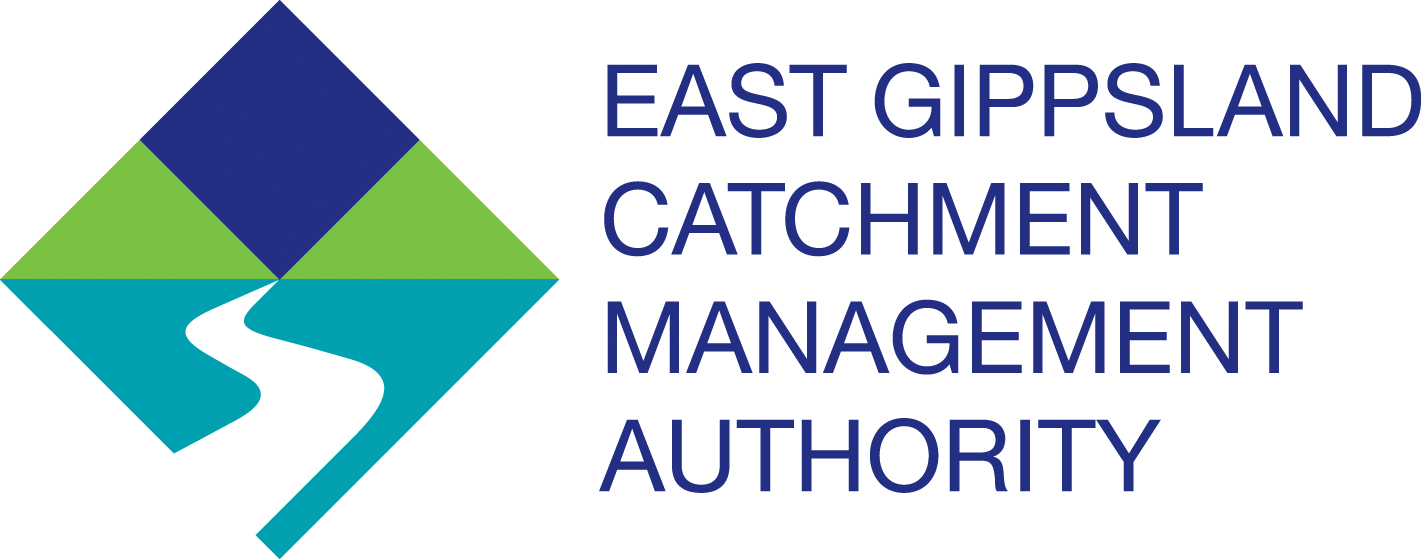The East Gippsland Regional Waterway Strategy is a strategic plan that guides investment in waterway management activities over a ten-year period.
The purpose of this strategy is to ensure that the future management of our waterways keeps providing these important environmental, social, cultural and economic values.
The existing East Gippsland Regional Waterway Strategy 2014-2022 has now reached the end of its lifespan and a new strategy is required for our region.
The Regional Waterway Strategy is guided by the Victorian Waterway Management Strategy (DEECA, 2013) which is also under renewal. New policies within the Victorian strategy will be reflected in the updated regional waterway strategies. All nine Catchment Management Authorities across the State are renewing their waterway strategies at the same time.
Waterways are important to everyone and provide a range of services and benefits including; drinking water, recreation, commercial and economic activities, water for stock and agriculture, as well as a place to engage with nature and for family and social or cultural connections. Rivers, estuaries and wetlands are also important as they support diverse populations of animals and plants. Waterways and floodplains play a part in the movement and cycling of sediment and nutrients and underpin the rich agricultural soils across the state. The health of our waterways underpins many aspects of tourism, jobs and investment in the region.
The Regional Waterway Strategy (RWS) is a strategic document. The following are included in the RWS:
- All waterway types (rivers and streams, floodplains, wetlands and estuaries).
- Traditional owner aspirations
- Environmental, cultural, social, economic and recreational values of waterways and threats to these.
- Findings from the review of the existing RWS
- Climate change and adaptation
- 50 year vision, long and medium term outcomes
- Regional priorities for management
- Monitoring, evaluation and reporting requirements
- 5 year Implementation Plan
The RWS does not include or address:
- Broader land or catchment management actions (these are addressed in the Regional Catchment Strategy)
- Flood mitigation and emergency flood management
- Water ownership, use, supply or licencing
- Detailed design and costings for management actions
- Does not provide site specific plans or sets of instruction or protocols.
The RWS will be developed in collaboration with Traditional Owners, local community and other regional and state agencies. The strategy will include priorities from a range of partners where there is alignment with the scope of the RWS and regional outcomes.
The preparation of a RWS is a statutory requirement under the Water Act 1989. The Water Act 1989 currently recognises the nine catchment management authorities (CMAs) and Melbourne Water Corporation as authorities with a waterway management district for which a RWS must be prepared.
Traditional Owners have cared for country including its waterways, sustaining connections to place, each other, animals, ancestors, and culture. A key focus of the new RWS is increasing Traditional Owner involvement in waterway management and decision-making. Traditional Owners will self-determine their level of engagement and knowledge sharing of a cultural lens for waterway management in development of RWSs.
The new strategy will link with governments commitment to self-determination for Traditional Owner including Water is Life Roadmap (DEECA, 2022). The RWSs will recognise waterways and their surrounding lands as living, integrated, natural, and cultural entities in law, with Traditional Owners recognised as a unique ‘voice’ of the living entities. Traditional Owners will be provided the opportunity to enter formal partnership agreements with the water sector that increase the capacity and resources available to Traditional Owners to make and implement decisions about water landscape management on their Country. The RWS will support Traditional Owners to have an increased role in determining how environmental water is used for the purpose of healing Country and recognise them as waterway managers for specific locations.
EGCMA are providing a range of different opportunities for the community and stakeholders to be involved in the development of the new East Gippsland Regional Waterway Strategy. Community are important partners in waterway management in East Gippsland. EGCMA maintains continuous engagement with the community through numerous activities including community and landholder discussions. Community views on this strategies development will be sought through the following opportunities:
- Stakeholder workshops
- Pop-up sessions
- Online webpage and feedback forum
- Online survey
- Feedback on draft strategy
Your initial feedback will be carefully reviewed and analysed and will inform the development of the draft Strategy including the Vision for the region's waterways.
The next round of formal public consultation is expected to take place in early 2026 when we release the draft East Gippsland Waterway Management Strategy for public comment.
The final Strategy is expected to be released in late 2026.





